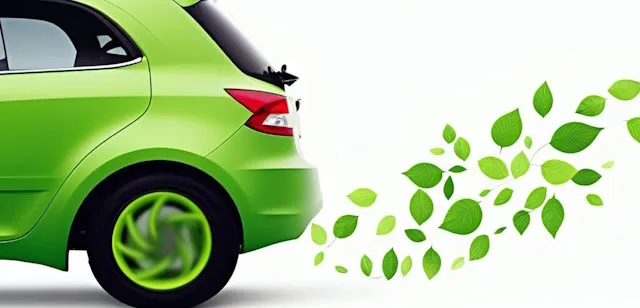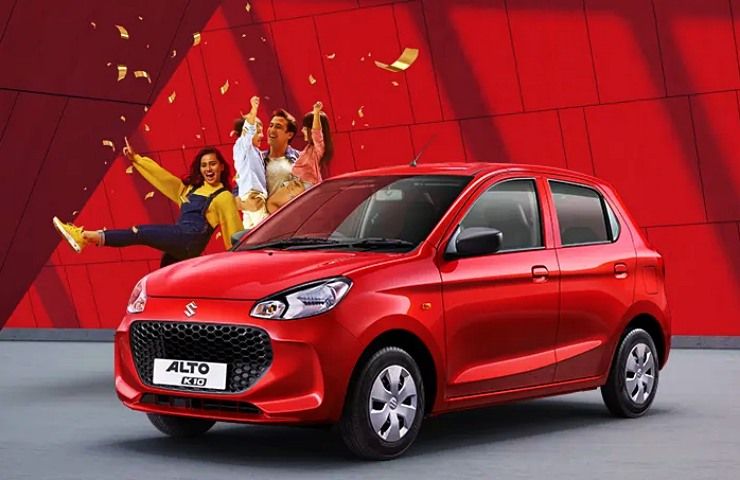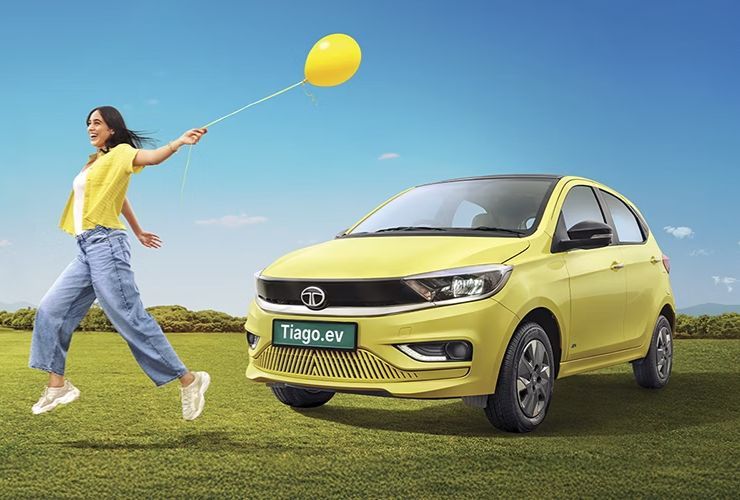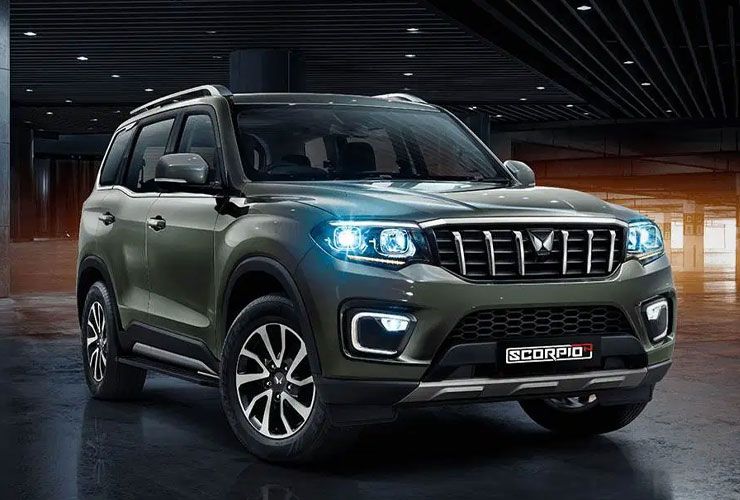CAFE 3: Government's Draft Rules Is A Big Win For Small Cars And EVs


For months, the auto industry argued over how to share the burden of tougher fuel efficiency rules. Small car makers said they had less room to improve because tiny cars have limited space and cost headroom for complex hardware. SUV heavy brands pushed back, saying a level rule should apply to all.

The new CAFE 3 draft tries to settle this. It shifts to a weight based formula and adds a targeted relief for very compact petrol cars. It also keeps strong boosts for EVs and hybrids. The aim is to match targets to what a company actually sells while still pushing the fleet toward lower emissions.
Two elements matter. First, targets now depend on a company’s average vehicle weight. Lighter fleets get an easier number. Heavier fleets face a tougher number. Second, there is a clear relief for small petrol cars. To qualify, a car must be under 909 kilograms unladen, have up to a 1,200 cc engine, and be shorter than 4,000 mm.
These cars get an extra three grams per kilometre reduction in reported carbon dioxide on top of any technology credit, capped at nine grams per kilometre a year. In simple terms, a brand that sells a lot of true entry hatchbacks and compact sedans gets a cushion that recognises the limits of squeezing more efficiency out of very small packages.

Maruti Suzuki stands to benefit the most because its mix is heavy on sub 4 metre, light, petrol led models. The lighter fleet helps under the weight based curve, and qualifying small cars can also claim the extra relief. This combination moves compliance in the right direction without a big hardware bill.

Hyundai and Tata Motors have mixed portfolios. They sell popular small cars like Grand i10, i20, Tiago, and Tigor, but they also move a lot of heavier compact and midsize SUVs. They will gain some advantage from their small car volume, yet they must watch trim weights on SUVs and add technology where needed.

Mahindra is the opposite case. It is largely SUV focused with higher average vehicle weight. It does not get much help from the small car relief. To hit targets, it will lean more on hybrids when available, cleaner fuels where viable, weight control, and a measured build up of EV share.
Toyota balances strong hybrid know how with an SUV heavy mix. It will not benefit from small car relief in a big way, but it can use hybrids and possible flex fuel strategies to offset weight.
Renault Nissan and others with entry hatchbacks and budget sedans sit closer to the Maruti side of the scale. Their light vehicles can bank the structural advantage of the curve and the small car cushion, though volumes and model cycles will decide how much they gain.

EVs keep a three times multiplier in fleet averaging. Strong hybrids count as two. Range extender EVs get 2.5 and flex fuel cars get 1.5. Even a modest slice of EVs or strong hybrids can shift a company average. There are fuel credits too. Petrol vehicles on E20 to E30 blends get an eight percent cut in declared emissions. CNG gets five percent, with more if biogas is blended. Flex fuel and flex fuel strong hybrids can get up to 22.3 percent.
For SUV led brands like Mahindra and Toyota, these levers are critical. If they cannot use the small car cushion, they can stack EVs, hybrids, and cleaner fuels to close the gap. The trade off is higher cost and supply planning. For Maruti, Hyundai, and Tata, these tools sit on top of the small car and weight advantage. A few EVs or hybrids can create extra headroom and reduce pressure on future model weights.

Small car specialists finally have the rulebook on their side. Everyday hatchbacks and compact sedans now carry explicit compliance value. They still need to manage features and keep qualifying models under 909 kilograms where possible. Adding mild hybrid or strong hybrid options on higher volume small cars would deepen the cushion. Fuel choices like E20 and CNG can add steady gains without a full platform change.
SUV led portfolios need a more active plan. Expect stronger focus on lighter platforms, right sized wheels and tyres, and careful option packs to trim weight. Watch for more strong hybrid variants in high runners. In selected states and fleets, expect CNG and ethanol blending where supply is reliable. EVs remain the fastest single lever to move the fleet average thanks to the multiplier, even at low share.

The draft reflects the earlier dispute clearly. It recognises that tiny cars cannot carry the same complexity as larger vehicles without breaking the price point. At the same time, it does not let heavy lineups off the hook. They must earn credits through technology and fuels that small cars get by design. That is the balance. The rule ties targets to reference mass and then offers transparent, capped cushions and multipliers. It narrows arguments and puts the task back on portfolio planning.
Three things. One, whether Maruti and other small car heavy brands engineer more trims to stay within the 909 kilogram band to lock in relief. Two, how quickly Mahindra, Toyota, and SUV heavy nameplates dial up strong hybrids and EVs to offset fleet weight. Three, how Hyundai and Tata use their mixed lineups to blend small car relief with hybrid and EV credits. The timeline is tight. Model wise data reporting begins April 2026. Full compliance starts April 2027.